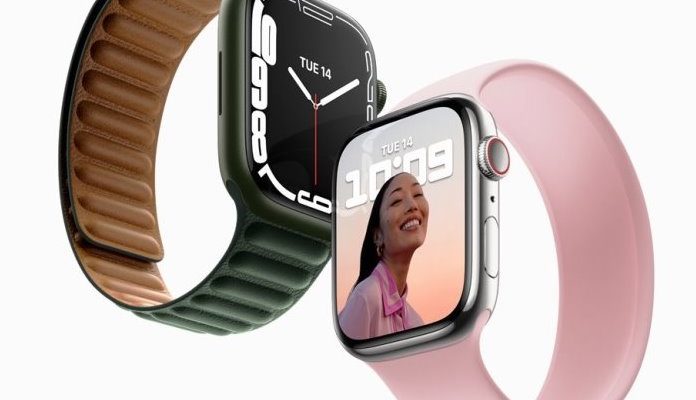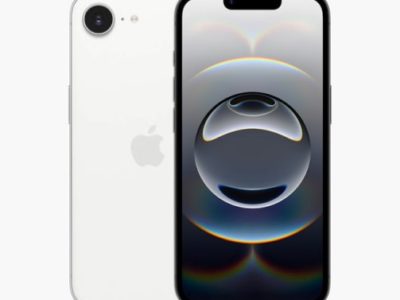GlobalData is reporting that Apple’s new smartwatches underwhelm due to a lack of innovation, but environmental commitments are impressive.
Following Apple’s September Wonderlust event, during which the Cupertino tech giant announced the Watch Series 9 and Watch Ultra 2; Ardit Ballhysa, Technology Analyst at GlobalData, a leading data and analytics company, offers his view:
RELATED: Are you the world’s biggest Apple fan? Come, join the contest
“Unlike the new iPhone 15 series, which were filled with innovation, the Apple Watch Series 9 and Apple Watch Ultra 2 are hugely disappointing. For the most part, the Apple Watch Ultra 2 was a replica of the Ultra 1, with the only exceptions being the new S9 SiP chip and a display that can offer 3,000 nits of brightness compared to the 2,000 nits offered on the previous model.
“Double Tap, which Apple made seem was only possible due to the new S9 SiP, is misleading. A Double Tap like-offering has been available for Apple Watch users since the Series 4 released in 2018. AssistiveTouch, which can be enabled in the accessibility settings on an Apple Watch or iPhone, does the same thing as Double Tap but with even more gesture options.
“Having a lack of hardware updates to talk about would explain why Apple presented the Double Tap feature as only possible due to the S9 SiP, as is typical Apple fashion.
“What both the Series 9 and Watch Ultra 2 can do that their predecessors could not is use Siri locally on-device without having to be connected to the internet. Whether this is truly made possible by the S9 SiP is uncertain at this point, but this ability gives these smartwatches appeal over the previous generation. Furthermore, Siri can now interact with the Health app, so users can pull up or log new data just by asking Siri.
“Arguably the most impressive component of the new Apple Watches was their carbon neutral rating (when paired with select watch bands). Apple claims that all Apple Watch manufacturing is powered by 100% clean energy and that transportation emissions were cut by 78% owing to the use of recycled fiber in packaging.”

































